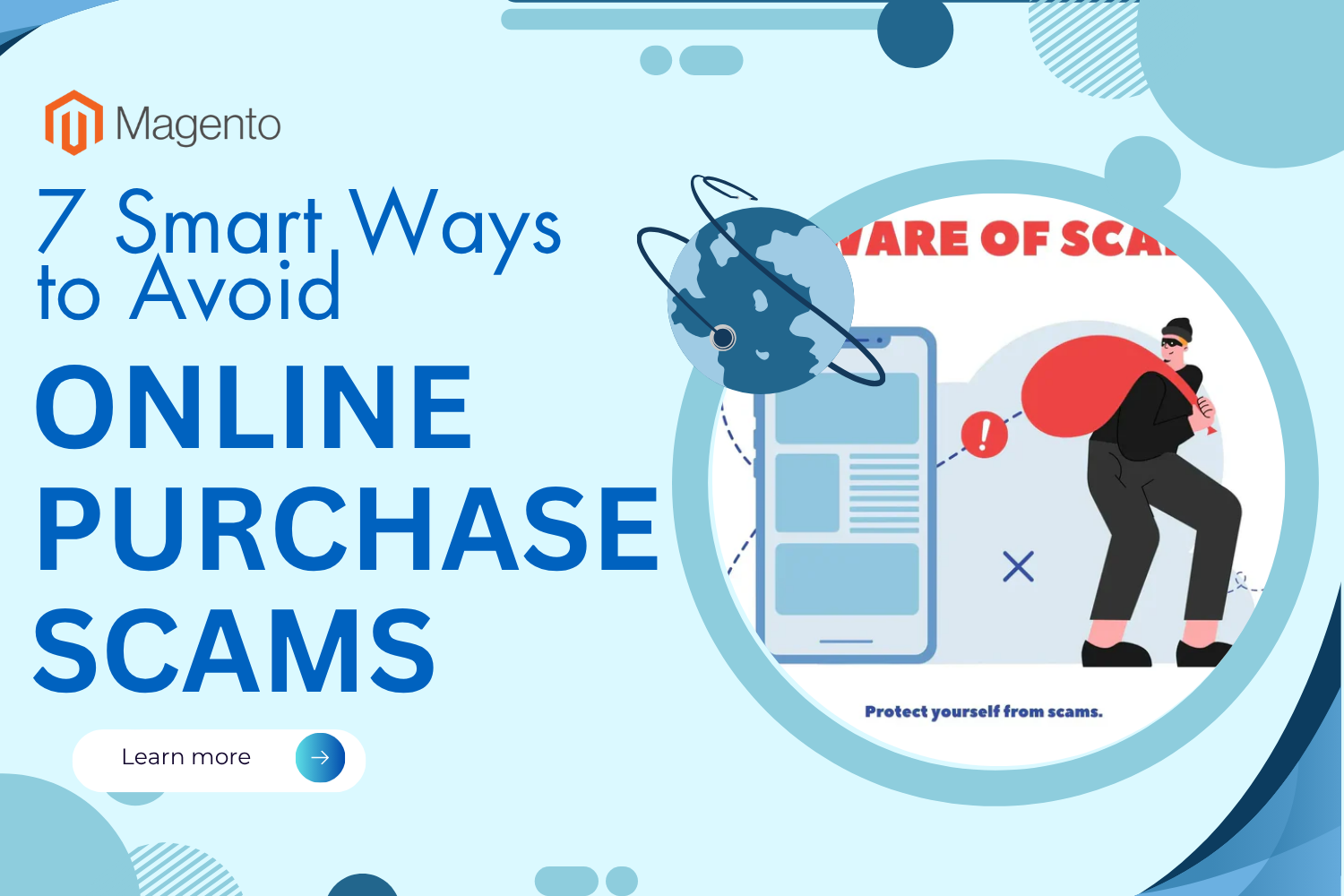
Online shopping has made life more convenient. Not only has it eliminated the need to visit physical stores and wait in long checkout lines, but it has also allowed people to buy almost anything with just a few clicks. This convenience, however, comes with risks. As online shopping grows in popularity, people are more vulnerable to online purchase scams. These scams involve fraudsters tricking buyers into paying for goods that are never delivered or completely different from what was promised.
Scammers often lure their victims by advertising products at unbelievably low prices. They also use fake reviews, stolen product images, and misleading return policies to make their offers seem legitimate.
Many scammers use fake websites or social media pages to conduct their schemes. Others operate within legitimate marketplaces by creating deceptive listings of counterfeit products. Because of this, it can be challenging to distinguish genuine sellers from fraudulent ones. Fortunately, you can take steps to protect yourself from these schemes. Here are some essential tips to help you shop safely online.
Table of Contents
1. Use a Credit Card When Making Online Purchases
One of the best ways to protect yourself from online purchase scams is to use a credit card instead of a debit card or direct bank transfers. Credit cards offer stronger consumer protections, including the ability to dispute unauthorized transactions and request chargebacks if a seller fails to deliver the promised product. Reputable banks, like digital bank Maya, also employ fraud detection systems that monitor suspicious activity and allow you to block your card in case of suspected fraud or unusual spending patterns. Thus, you can rest assured that you’re making secure online credit card transactions without exposing your bank account to potential risks.

2. Secure Your Online Accounts
Many online purchase scams involve hackers gaining access to a buyer’s e-commerce or banking accounts, allowing them to make unauthorized purchases or steal sensitive financial information. As such, you need to implement strong account security measures so that you can avoid identity theft and financial fraud.
You can start by using unique, complex passwords for each of your online accounts. Passwords that incorporate a mix of letters, numbers, and special characters are more difficult to guess, reducing the chances of your account being compromised. Enabling multi-factor authentication (MFA) is another crucial step. With MFA, logging in requires not only your password but also a secondary form of verification, such as a one-time password (OTP) sent to your phone or email. This added layer of security makes it much harder for hackers to access your account, even if they somehow obtain your password.
3. Inspect the Website’s URL
Make it a habit to always check the website’s URL before purchasing anything from an online store. Scammers often create fake websites that closely resemble well-known online stores, using slight variations in the URL to trick unsuspecting buyers. For example, a fraudulent site might use similar-looking characters (e.g., an upper case I instead of a lower-case L or a zero instead of an O), or use a different domain extension, such as “.net” instead of “.com.” Inspecting the website’s URL beforehand ensures that you’re shopping on a legitimate and secure site.

To verify a website’s authenticity, look for “https://” at the beginning of the URL, which indicates that the site is using a secure connection. Additionally, check for a padlock icon in the address bar, as this signals that the site has encryption measures in place to protect your data. However, keep in mind that some scam websites can also use “https://” and display padlock icons. So, to further verify the site’s legitimacy, research customer reviews, check the official website of the retailer, and ensure that the contact information is valid.
Additionally, avoid clicking on links from unsolicited emails, social media ads, or messages, as they may lead to phishing sites designed to steal your personal and financial information. Instead, type the official website address directly into your browser or use a trusted search engine to find the retailer’s website.
4. Report the Incident to the Website or App

If you encounter a suspicious seller, a fraudulent listing, or a scam transaction on an online shopping platform, it’s important to report the incident immediately. Most e-commerce websites and shopping apps have dedicated reporting systems that allow users to flag scams, fake products, and unresponsive sellers. If you made the purchase through a social media platform, report the seller’s account and any misleading advertisements to prevent others from being deceived.
5. Familiarize Yourself with Common Online Scams
Scammers continuously find new ways to deceive buyers, so staying informed can help you recognize red flags before it’s too late. Educating yourself about the different tactics that fraudsters use allows you to identify suspicious orders and avoid risky transactions, protecting your hard-earned money as a result.
Some common online purchase scams include too-good-to-be-true deals, where sellers offer expensive products at unbelievably low prices to lure buyers in. Once the payment is made, the seller disappears or delivers a counterfeit item. Another common scam is fake order confirmation emails. In this scam, fraudsters send emails pretending to be from legitimate online stores, claiming that you’ve placed an order or need to verify your payment details. These emails often contain links to phishing websites designed to steal your personal and financial information.

Advance payment scams are another scam you should be cautious of. This scam involves sellers requesting full payment upfront before shipping the product, only to disappear once the payment is made. Legitimate online marketplaces usually have secure payment options that hold funds until the buyer confirms receipt of the item. Thus, if a seller insists on direct bank transfers or other unsecured payment methods, it’s best to avoid the transaction, as it may be part of a broader online purchase scam.
Apart from these, some examples of online purchase scams include rental scams (asking for a deposit for a property or product), impersonation scams (pretending to be an official from a company), and investment scams (asking you to “buy in” on an investment with high returns).
Conclusion
The rise of e-commerce has made shopping more convenient, but it has also created opportunities for scammers to exploit unsuspecting buyers. Online purchase scams are evolving rapidly, and scammers continuously adapt their tactics to deceive consumers. This is why staying vigilant and making informed decisions can significantly reduce your risk of falling victim to their schemes. Developing a cautious mindset and prioritizing secure payment methods enable you to shop online with confidence while protecting your personal and financial information.











![[SALE OFF] Discount 30% All Premium Extensions On Christmas And New Year 2025 christmas-and-new-year-2025](https://landofcoder.b-cdn.net/wp-content/uploads/2024/12/christmas-and-new-year-2025-1-218x150.png)






